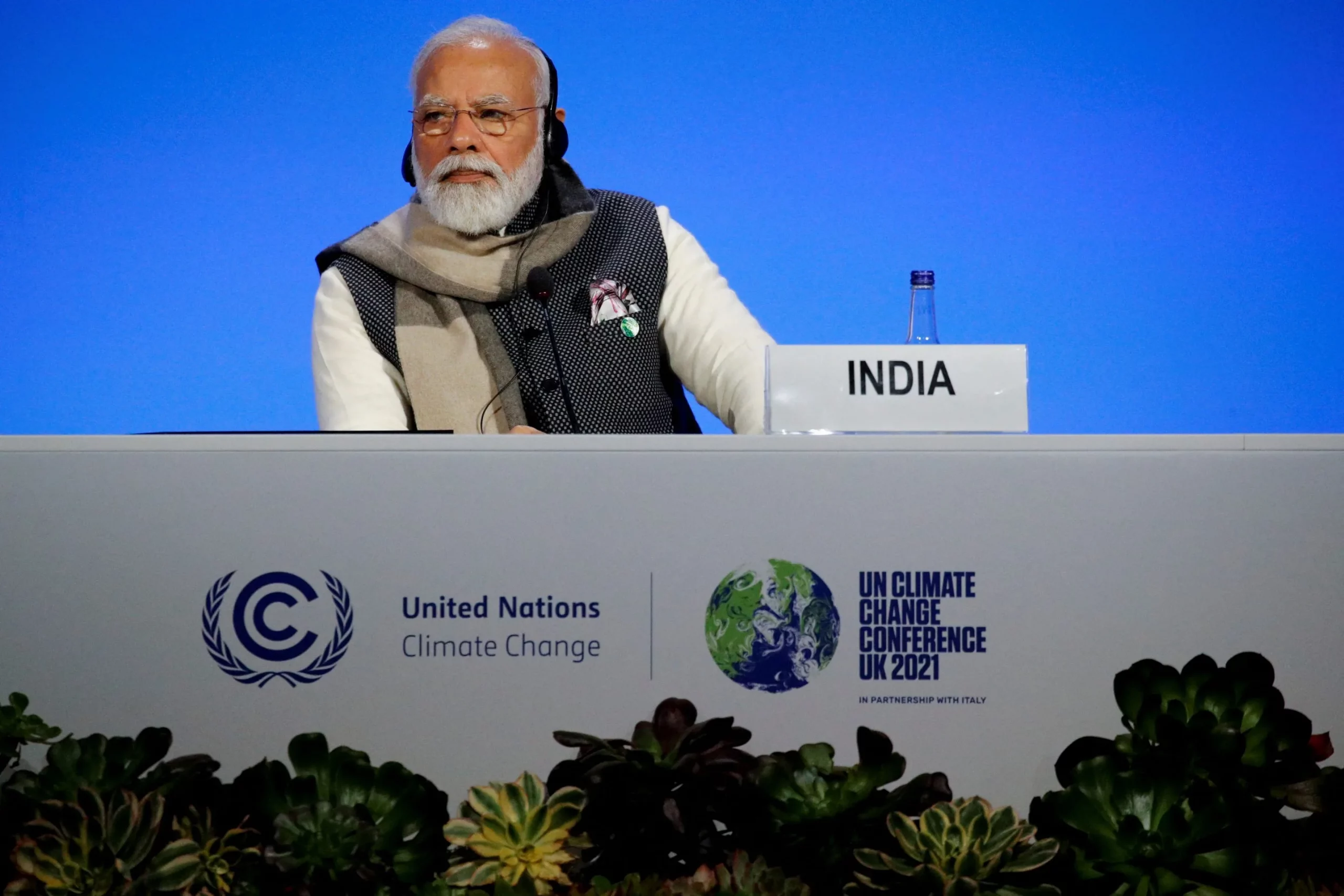India is somehow facing the largest problem of the twenty-first century while achieving some of the largest growth of the twenty-first century, and many are wondering exactly how. The answer might just lie in their climate policy.
India’s Unique Historical, Demographic, and Political Positions
Gaining independence in 1947, India as a nation has only been on the world stage for just over seven decades, a relatively short time compared to other dominant states such as Britain, France, the United States, and China. Due to political unrest left behind by British rule, India spent much of the latter half of the twentieth century trying to mend the power struggles plaguing Parliament and still today faces consequences such as those seen in religious conflict and election issues. Regardless, India has managed to grow into a large global power; its abundance in natural resources and population has made it a hub for innovation, technology, and production. Historically, the nation has also stayed quiet when it comes to global conflicts, usually seen as taking part in both sides or no side. For example, India is a member of the Shanghai Cooperation Organization led by China and Russia while also an active participant in the Quadrilateral Security Dialogue along with Australia, Japan, and the United States. These two security organizations predominantly operate in Asia, and they have markedly different goals. This is just one example of India’s unique political position as a country that is currently amicable with most global powers, which allows it to climb up the international political rank. All of these factors are crucial in understanding Indian climate policy, as they all give the country leverage and discretion.
A Timeline of India’s Climate Policies
In terms of its previous climate policies, India has made some promises and, most importantly, has stuck to them. The history of India’s energy policy can be broken down into a series of five-year plans. Starting in 1951, India committed to growing its irrigation and energy systems, along with other sectors of the economy. Next, with the help of Russia, the nation set up a series of hydroelectric power systems by 1956, and it set up its Atomic Energy Commission in 1948. Five-year plans such as these continued and are still a part of the nation’s energy policy today. Some of India’s most influential policy decisions, such as the Electricity Supply Act (1975) and the National Action Plan for Climate Change (2008), have reflected the nation’s commitment to providing energy to all parts of the country while also being realistic about its impacts on the environment.
Broadly, India took a five-phase approach in tackling its simultaneous goal of growing power globally and the issue of climate change. Its first phase relied on building its energy supply post-independence to truly cement its global status. India had a difficult time trying to develop industry the same way global powers such as the United States and England previously might have, as becoming a global power by building industry now also encompasses doing so on clean energy. Therefore, India’s subsequent two phases focused on nationalizing access to energy while also strengthening the nation’s energy security to be able to handle the shift to renewable energy sources as time goes on, with an emphasis on the importance of updating energy technology. Following that, India modernized its energy sector in phase four to finally focus on mitigating climate change in phase five.
It is important to note that India’s economy and energy system largely relies on a natural resource that the nation is abundant in: coal. According to the International Energy Agency, India has the third-largest coal reserve in the world. With the bounty of this fossil fuel, paired with the world’s largest growing population, India has the energy and manpower to keep growing in industry and therefore become a great global power.
Why India is a Key Player in the Future of Lowering Carbon Emissions
The reason the world is looking towards India is that it is doing what other nations such as the United States and China are still figuring out how to do: transition from fossil fuels to renewable energy sources. Building its intricate energy policies with realistic goals, India’s model has piqued the interest of climate scientists globally. The nation’s history in accomplishing such growth in the energy sector while also being realistic about its necessary future shift to renewable energy is a sign that it is more than doable for other nations to accomplish that shift, specifically in modernizing energy sectors globally. While India does currently rely on coal, its energy policies have allowed it to be a front-and-center example for the planned shift into renewable energy, one that climate scientists believe could be key in the fight to mitigate climate change. For this reason, in January of 2023, the World Economic Forum detailed how “India holds the key to hitting global climate change targets.”
As a nation, India has the ability to change the way the world views the feasibility of climate policy goals. Coming from an already disadvantaged position as a previously colonized nation, and only gaining independence mid-twentieth century, India has been trying to establish itself as a global leader on the world stage. In an era where environmentalism has taken more of an international role, specifically in the issue of climate action, nations now have more of a difficult time building their economies and industries while shifting to clean energy in order to stay in accordance with international and national climate goals—problems that weren’t as prominent in the past when nations such as the United States, England, or Canada were building their global status. India’s honest and committed goals towards building their energy grid and making it accessible with updated technology could just be the best example for future national climate goals, especially as countries strive to take climate action on an international scale.
Featured Image: Fortune






Comments are closed.